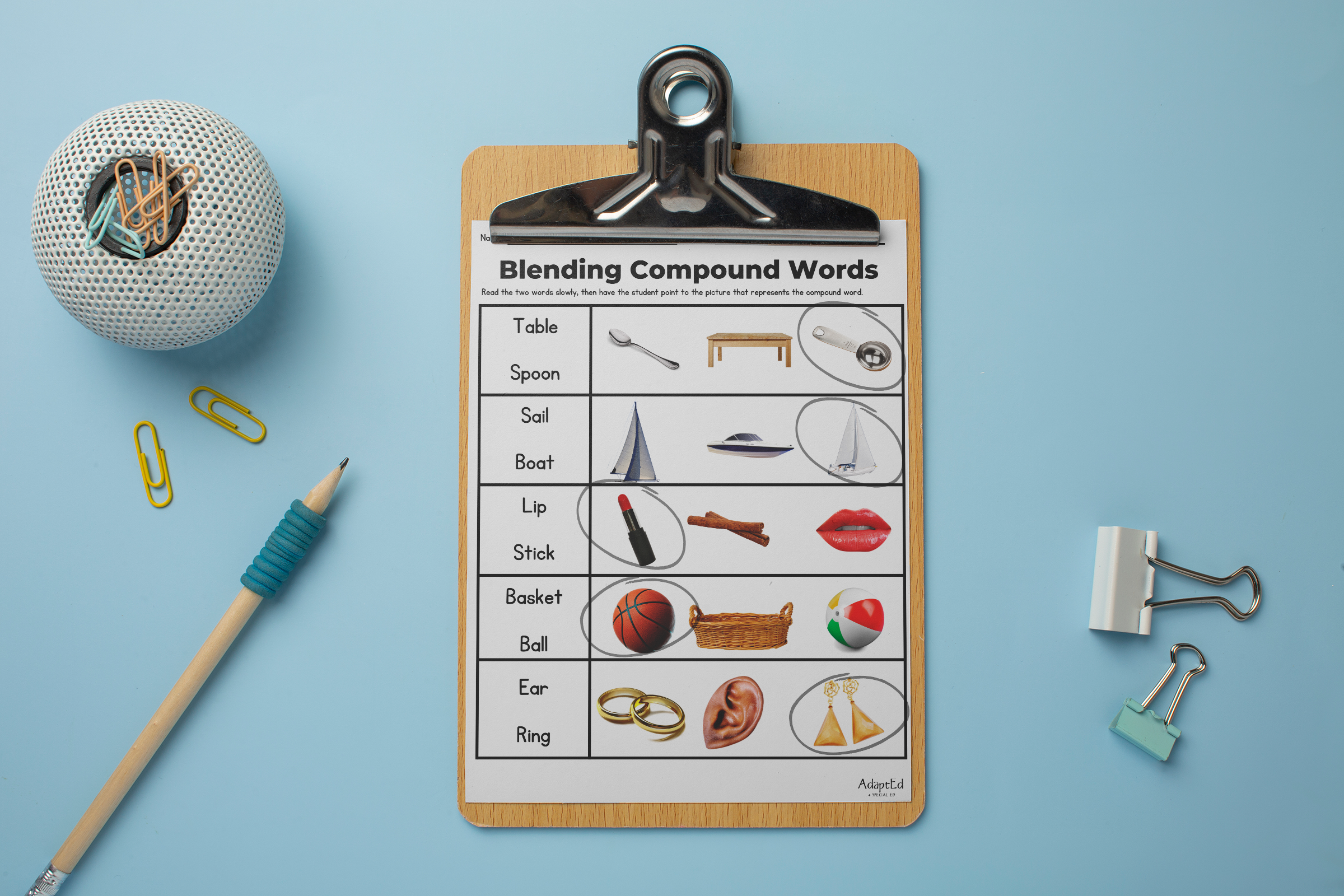As special education teachers, we face unique challenges when it comes to teaching students how to read. One of the most difficult challenges is when we work with older students who have not yet mastered this fundamental skill.
However, despite these difficulties, it is essential that we do not give up on teaching older students how to read. In this blog post, we will explore why it is so important to continue working with older students and provide evidence-based strategies for success.
According to research conducted by the National Assessment of Adult Literacy (NAAL), approximately 19% of adults in the United States are functionally illiterate. This means they lack basic reading and writing skills necessary for everyday life. Many of these individuals may have fallen through the cracks of traditional education systems or have learning disabilities that were not properly addressed during their schooling years.
One effective strategy for teaching older students how to read is through individualized instruction and differentiated instruction. By assessing each student’s specific strengths and weaknesses, teachers can tailor their instruction to meet each student’s unique needs. Additionally, using multisensory approaches – such as incorporating tactile materials or visual aids – has been shown to be particularly effective for older students with learning differences.
Furthermore, providing positive reinforcement and creating a supportive classroom environment can make all the difference for older struggling readers. As Dr. Moats points out in her article on supporting struggling readers, “Uplifting interactions between teacher and student are crucial…students need encouragement from adults who believe in them.”
In conclusion, special education teachers should not give up on teaching older students how to read.
Despite the challenges that come with working with this population, it is essential that we continue working towards helping every individual achieve literacy success through individualized instruction tailored towards their specific needs.
Sources:
- National Assessment of Adult Literacy (2003). A First Look at the Literacy of America's Adults in the 21st Century.
- Moats, Louisa (2018). Supporting Struggling Readers.
- Reading Rockets (n.d.). Strategies for Teaching Adolescents and Adults How to Read.
- Edutopia (2019). Differentiated Instruction: Meeting The Needs Of All Students.



